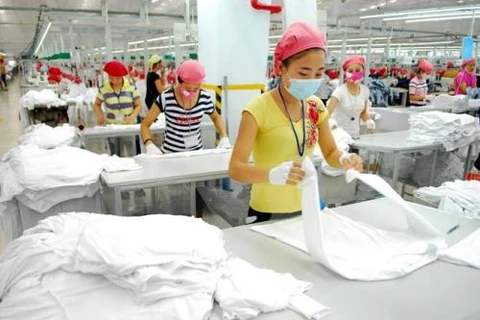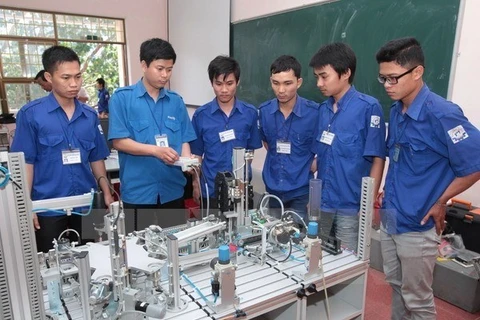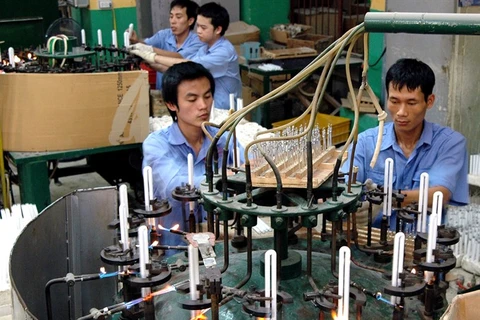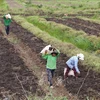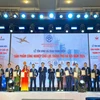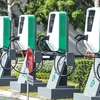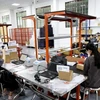Hanoi (VNA) – Three economic growth scenarios for the country have been revealed by the National Centre for Socio-Economic Information and Forecast (NCIF) and the Ministry of Planning and Investment.
Accordingly, Vietnam’s annual economic growth rate could range from 6.2 percent in the worst situation to 6.85 percent under the most optimistic forecast during 2016 to 2020.
Under the pessimistic scenario, the global economy and trade shrink dramatically. Risks posed by public debt and budget overspending keep growing, while the country continues to rely on the old growth model amidst fiercer competition. As a result, the economy is projected to grow at 6.2 percent on average.
The most likely scenario assumes that global economic growth remains stable, at about 3 percent, while State investment’s disbursement and effectiveness continue to be improved, and legal procedures and investment climate get better. In such context, the country’s average economic growth is estimated at 6.55 percent a year.
In the high-growth scenario, which is more unlikely than the two others, annual GDP growth will average 6.85 percent during the period provided that economic restructuring is carried out more strongly, especially in management mechanisms, thus improving public investment’s effectiveness, and labour productivity is raised to be at par with the ASEAN average. In that case, the economy would not only maintain sustainable development, but also create prerequisites for the following five years.
Dang Duc Anh, head of NCIF’s analysis and forecast division, predicted that Vietnam’s economy will escape from recession and begin a new period of recovery in 2016-2020.
Accordingly, industry and construction will enjoy vigorous growth and become the main recovery force for the whole economy. But this sector will still face challenges such as higher prices of input materials such as coal, electricity and oil – a big disadvantage for businesses, especially processing firms. Enterprises’ modest competitiveness, products’ low added value and small support industries will also hinder economic growth.
He said problems will arise when other countries apply more technical barriers and stricter quality requirements for imports, particularly agro-forestry-fishery goods.
In agriculture, aside from increasing quality requirements, low productivity and competitiveness along with sluggish pace of restructuring and science-technology application will also hamper this sector’s expansion.
Meanwhile, the services sector will benefit from positive impacts of the ASEAN Community’s commitments and free trade agreements, with stronger consumption demand and trade promotion activities, Anh forecast.-VNA
VNA

